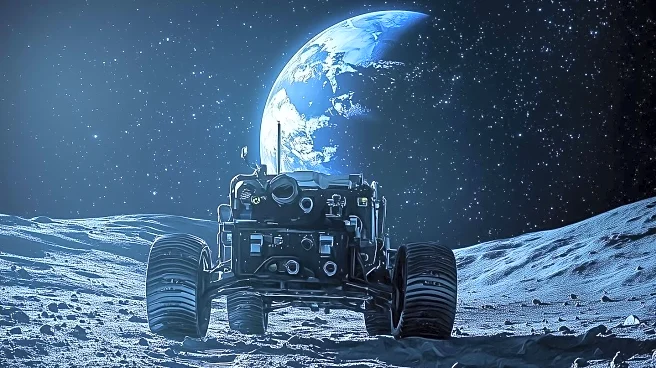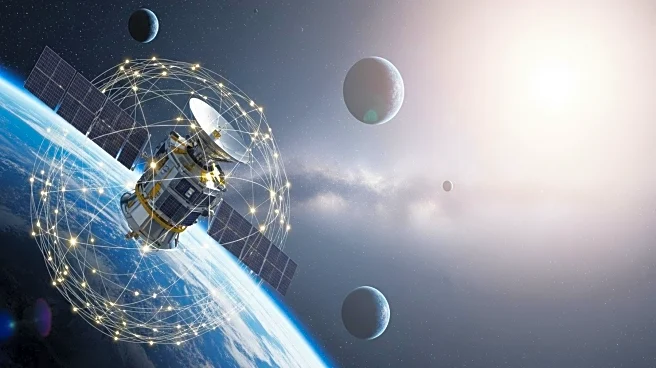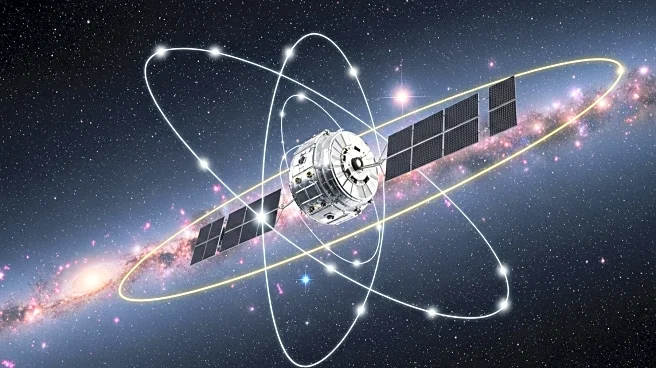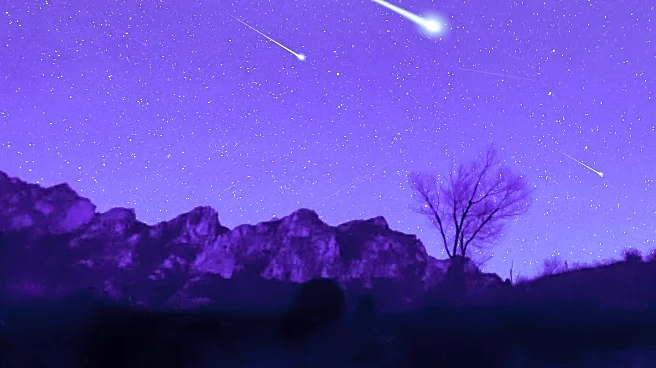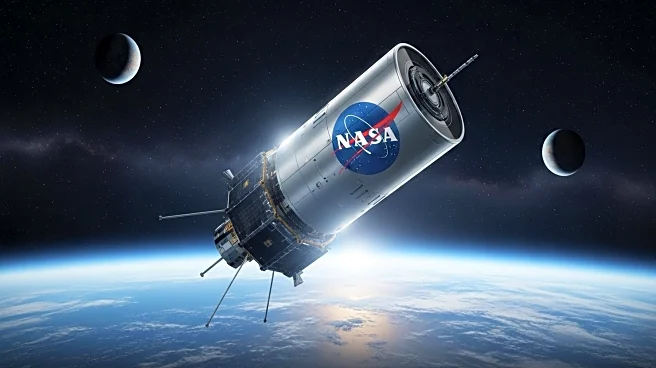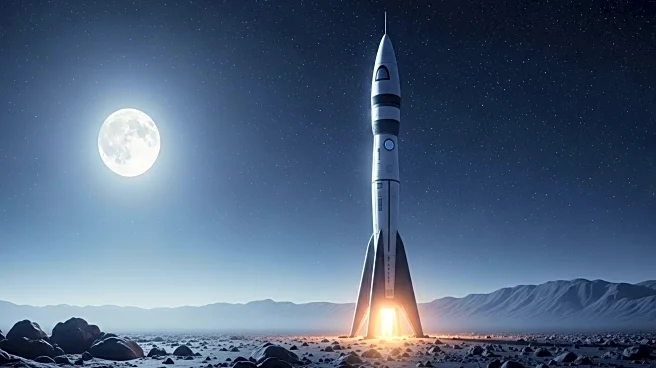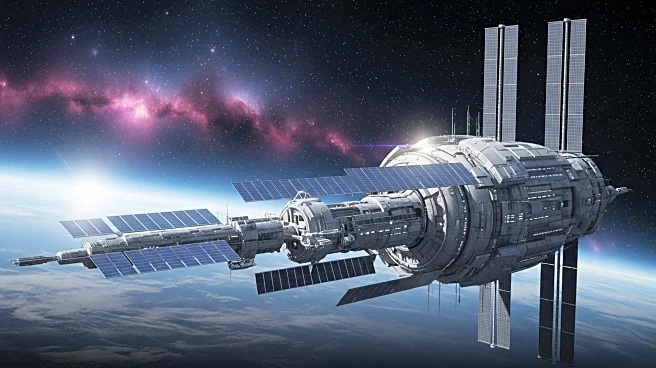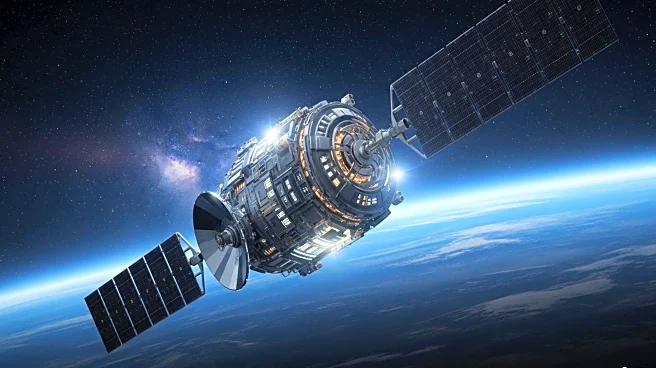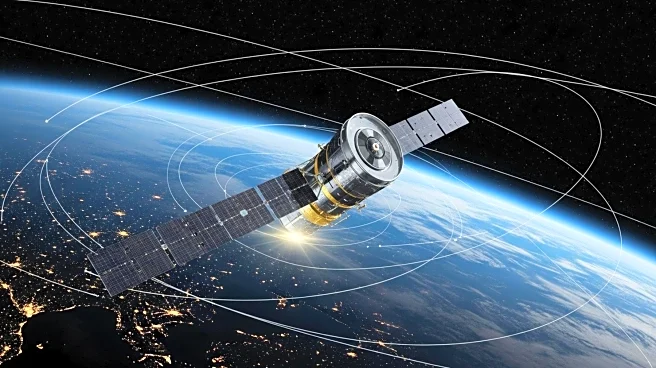What is the story about?
What's Happening?
NASA is encouraging global participation in International Observe the Moon Night, scheduled for October 4, 2025. This event aims to inspire people worldwide to appreciate the moon and the night sky, despite increasing light pollution. According to National Geographic, over 80% of the world's land areas and 99% of the U.S. and European populations live under skies so affected by artificial light that the Milky Way is nearly invisible. Utah's Canyonlands National Park, recognized as a Gold-Tier International Dark Sky Park, offers an ideal location for stargazing, with minimal light pollution and the potential to see up to 15,000 stars on a clear night. For those unable to attend in-person events, NASA provides alternative ways to engage, such as virtual telescope experiences and moon-inspired art activities.
Why It's Important?
The event highlights the growing issue of light pollution, which obscures the night sky for much of the global population. By promoting awareness and appreciation of the moon and stars, NASA aims to foster a greater understanding of the impact of artificial lighting on natural environments. This initiative also underscores the importance of preserving dark sky areas, which are crucial for scientific research, wildlife, and cultural heritage. The event could lead to increased advocacy for responsible lighting policies and public education on the benefits of dark skies.
What's Next?
Following the event, there may be increased efforts to protect and expand dark sky areas, particularly in regions heavily affected by light pollution. Stakeholders, including environmental groups and local governments, might push for stricter regulations on outdoor lighting to preserve night skies. Additionally, public interest in astronomy and night sky observation could grow, leading to more community events and educational programs focused on celestial phenomena.
Beyond the Headlines
The event also raises ethical considerations regarding the balance between urban development and environmental preservation. As cities expand, the challenge of maintaining dark skies becomes more pronounced, prompting discussions on sustainable urban planning. Furthermore, the cultural significance of the night sky, as a source of inspiration and wonder, is emphasized, encouraging societies to reconnect with natural rhythms and cycles.
AI Generated Content
Do you find this article useful?
